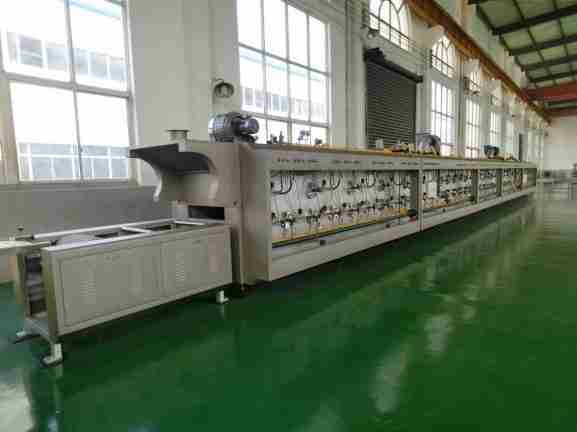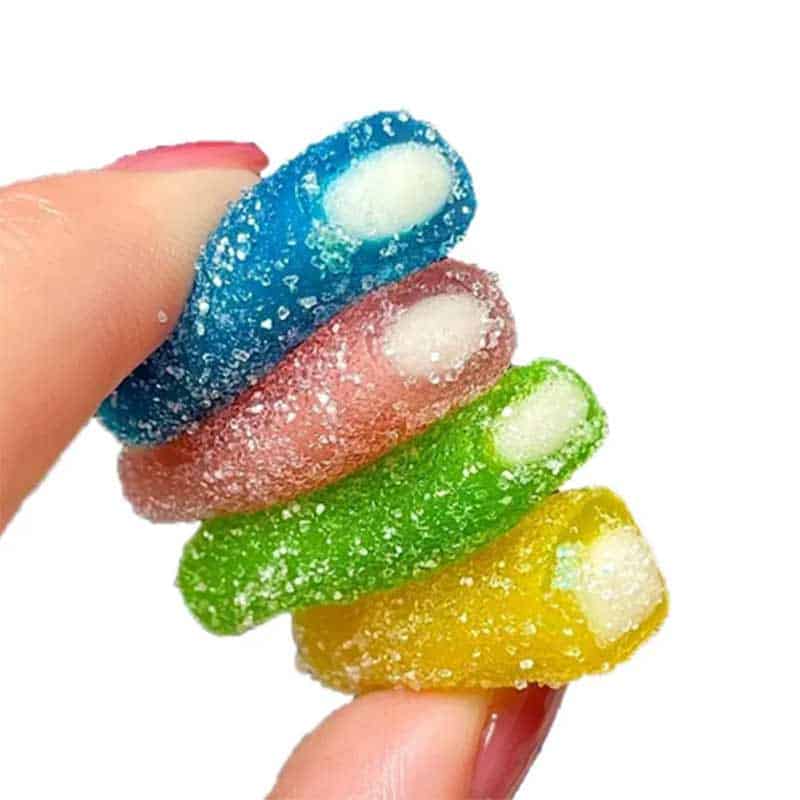Hello, future gummy moguls and confectionery connoisseurs! Are you ready to dive into the sugary symphony that is gummy manufacturing?
If you’ve ever found yourself humming “I Want to Break Free” by Queen while daydreaming about your gummy empire, it’s time to turn that dream into a reality.
But first, let’s talk money. This article will guide you through the sweet and sometimes sticky costs associated with purchasing and operating a gummy manufacturing machine.
1. The Purchase Price: Your Entry Fee to the Gummy Kingdom
The first thing on your budget checklist is the purchase price of the machine. This is your ticket to the gummy kingdom, and it can range from a few thousand to hundreds of thousands of dollars, depending on the machine’s size, capabilities, and the bells and whistles it comes with. Think of it as a significant investment in your chewy future.
2. Shipping and Handling: The Gummy Conveyance
Once you’ve found your dream machine, it needs to be shipped to your factory. Shipping costs can vary widely based on the machine’s size, weight, and the distance it needs to travel. And let’s not forget the handling fees—because your gummy machine isn’t going to magically walk into your factory on its own.
3. Installation and Setup: Preparing Your Kingdom
After your machine arrives, it needs to be installed and set up. This can involve a variety of costs, including hiring professionals to ensure everything is installed correctly and safely. You might also need to make modifications to your factory to accommodate the new machine, like electrical or plumbing updates.
4. Training and Education: Teaching an Old Dog New Tricks
A new gummy machine is like a new puppy; it’s adorable, but it also needs to be trained. You’ll need to invest in training for your staff to ensure they can operate the machine safely and efficiently. Some manufacturers offer training as part of the purchase package, while others might charge extra.
5. Raw Materials: Feeding the Gummy Beast
Now that your machine is up and running, it’s time to feed it. The cost of raw materials like gelatin, sugar, flavorings, and colorings can add up quickly. You’ll need to factor in the cost of sourcing high-quality ingredients to ensure your gummies are as delicious as they are beautiful.
6. Labor: The Gummy Army
In the world of gummy manufacturing, you can’t do it all yourself. You’ll need a team to help with the production process, from mixing and pouring to packaging and shipping. The size of your gummy army will depend on the scale of your operation, and so will the labor costs.
7. Utilities and Energy Consumption: Powering the Gummy Factory
A gummy manufacturing machine is a power-hungry beast. It requires a steady supply of electricity or gas to operate, and those utility bills can be a shock to your budget. Look for energy-efficient machines to help keep those costs in check.
8. Maintenance and Repairs: Keeping the Gummy Train on Track
No machine is perfect, and eventually, you’ll need to perform maintenance or repairs. Regular maintenance can help prevent costly breakdowns and extend the life of your machine. Be sure to budget for these ongoing costs.
9. Cleaning and Sanitization: The Gummy Bathhouse
In the land of gummies, cleanliness is next to godliness. You’ll need to invest in cleaning and sanitizing supplies to keep your machine and factory in top shape. This is especially important when producing food products, where safety and hygiene are paramount.
10. Compliance and Certification: The Gummy Police
To ensure your gummies meet safety and quality standards, you’ll need to comply with various regulations and possibly obtain certifications. This can involve costs for inspections, testing, and any necessary adjustments to your production process.
11. Packaging Supplies: Dressing Up Your Gummies
Once your gummies are made, they need to be dressed for success—er, I mean, packaged. The cost of packaging materials, whether it’s plastic wrap, boxes, or bags, is another expense to consider.
12. Insurance: Protecting Your Gummy Empire
Running a gummy factory comes with risks, and insurance is there to protect your investment. You’ll need to budget for various types of insurance, including liability, property, and possibly even product insurance.
13. Marketing and Sales: Spreading the Gummy Gospel
Even the best gummies in the world won’t sell themselves. You’ll need to invest in marketing and sales efforts to spread the gospel of your gummies to the masses. This can include advertising, attending trade shows, and building a strong brand presence.
14. Research and Development: The Gummy Lab
To stay ahead of the competition, you’ll need to invest in research and development. This can involve experimenting with new flavors, textures, and production techniques to keep your gummies fresh and exciting.
15. Opportunity Costs: The Price of Not Doing Something Else
Finally, it’s important to consider the opportunity costs of investing in a gummy manufacturing machine. This refers to the potential benefits you’re giving up by choosing to pursue this venture instead of another.
Conclusion
As you can see, there are many factors to consider when budgeting for a gummy manufacturing machine. From the initial purchase price to ongoing costs like raw materials and labor, it’s essential to have a clear understanding of where your money will go. By carefully considering these costs and planning your budget accordingly, you’ll be well on your way to building a successful gummy empire. And remember, the key to a sweet business is a well-planned budget. So, go forth and conquer the gummy world!
Remember: The road to gummy greatness is paved with careful financial planning and a commitment to quality. Keep your eye on the prize, and don’t forget to enjoy the sweet journey along the way. Happy gummy making!





